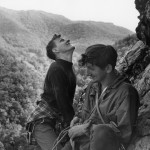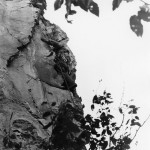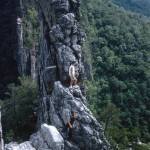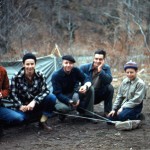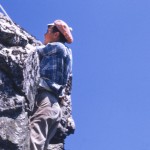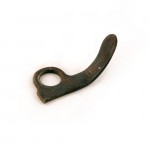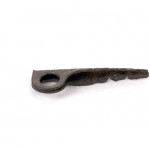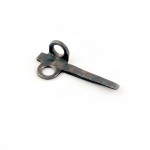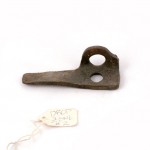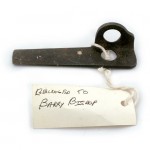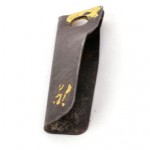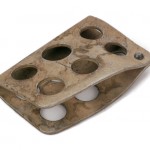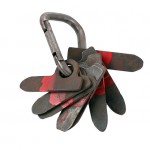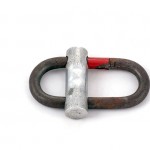Interestingly, many of the early Seneca climbers were scientists from the National Institute of Standards and Technology. Using their professional experience, these men helped test new gear designs and climbing techniques.
Arnold Wexler, for example, helped develop the groundbreaking dynamic belay. While the commonly held standard at this time was still “leader never falls,” Wexler proposed that if the rope was slowly let out as a climber fell, it would reduce whiplash and prevent dangerous pendulums into the rock. Though slow to catch on, the dynamic belay would have major implication on the future of climbing. Once climbers had the confidence that they could fall safely, they started to attempt routes of extreme difficulty.
As climbers began to establish better techniques, the interest in pushing the boundaries of physical ability became more important. Claiming first ascents and using grades to establish difficulty level began to be a common practice during this time. It wasn’t a matter of just getting to the summit anymore, but rather figuring out the logistics to reach the summit on increasingly difficult routes. Aid climbing was phased out and climbers such as John Christian, Sayre Rodman, Jim Shipley, Tony Soler, Arnold Wexler and Mike Nicholson began laying the groundwork of free climbing standards.
Wearing stiff vibram soled leather boots, carrying heavy racks of steel carabiners, pitons and hammers and using tangle prone laid goldline rope, these gentlemen made first ascents on routes such as Soler 5.7 (1951), Ye Gods and Little Fishes 5.8 (1953) and Marshall’s Madness 5.9 (1955). The bold routes these men accomplished set the bar high for climbers and sowed the seed for a staunch traditional climbing ethic at Seneca.
- Joe Faint climbing at Seneca or Champe rocks early 1960s
- Joe Faint and Dick Carlson, early 1960s
- Mike Nicholson climbing with NIH co-workers
- Ike Nicholson on the South Peak, 1956
- Unknown Climbers, ca. 1950
- Betty Church, 1956
- Camping at Armentrouts
- Jim Shipley Climbing at Seneca, ca. 1957
- Soft Steel Piton
- Piton
- Hand Made Piton
- Piton
- Bugaboo Piton, ca. 1965- 1989
- Steel Angle, ca 1950- 1970
- Steel Bong, ca. 1943- 1970
- Aluminum Bong Bong, ca. 1961
- Knifeblades
- Gerry Brake Bar



